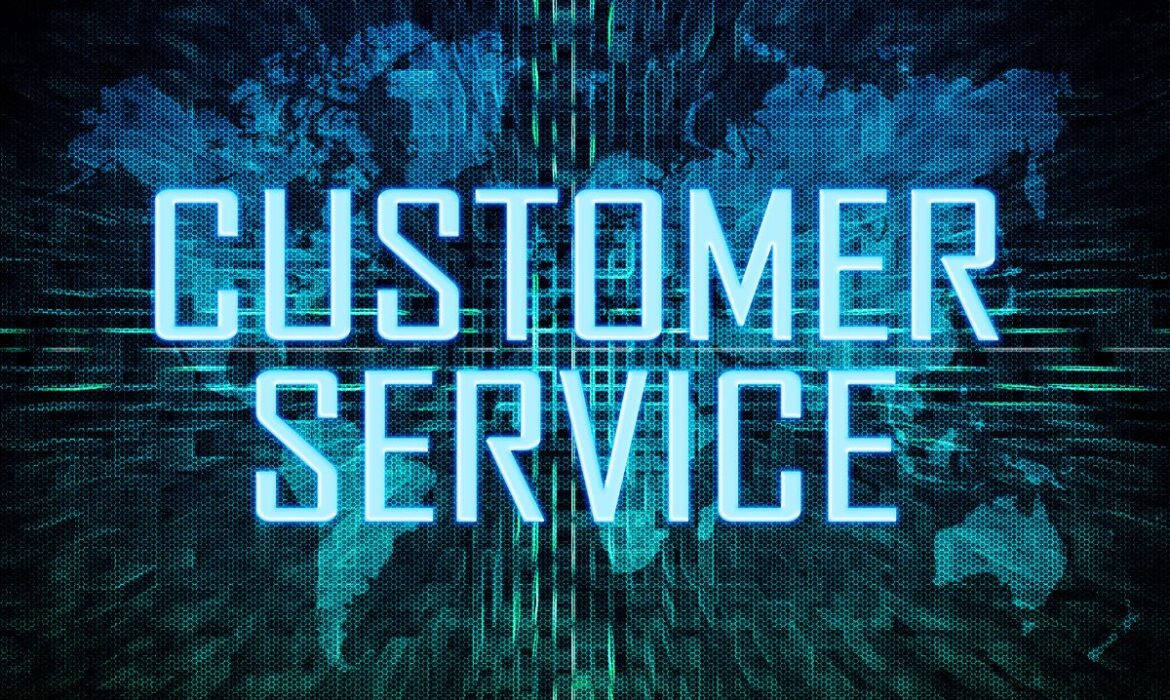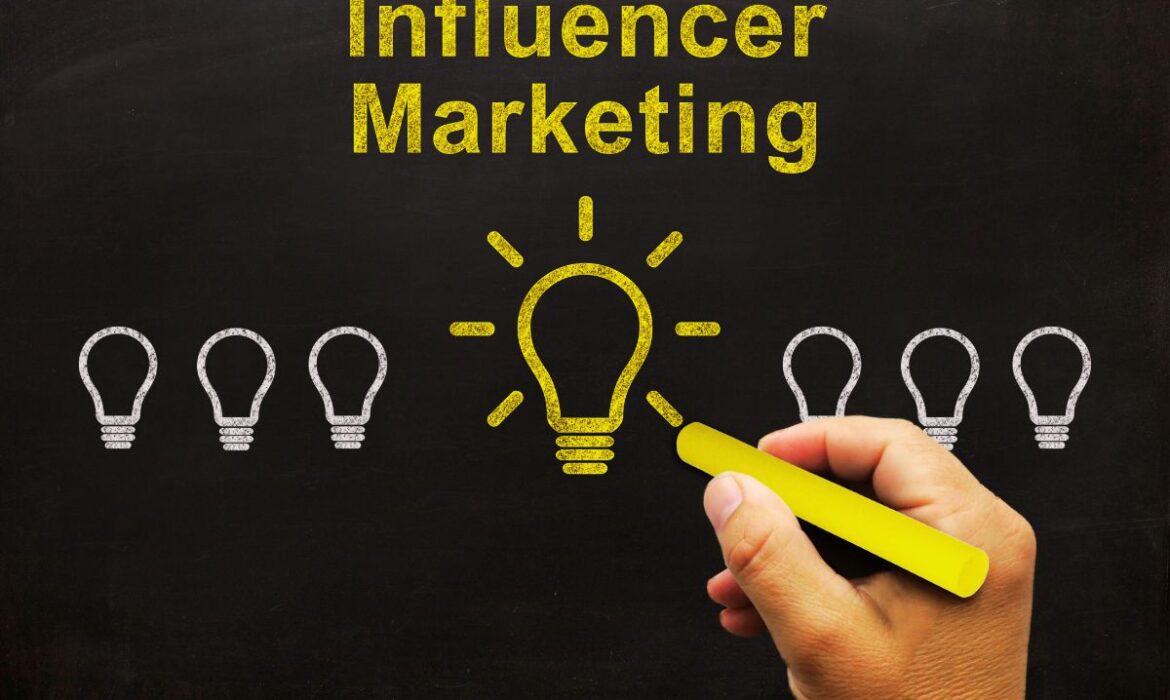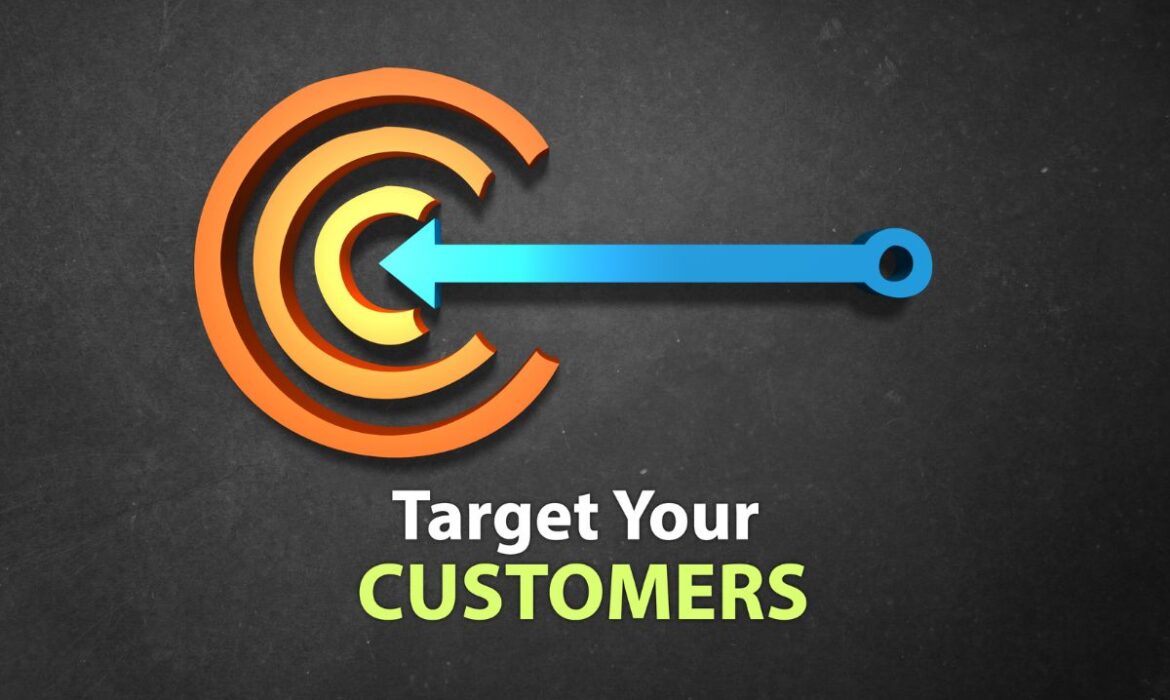Local influencer marketing is a powerful strategy to connect with specific audiences in a given region. This approach allows brands to increase their presence and authenticity in local communities, achieving a more personalized impact. Collaborating with local influencers can give your business a significant boost, as these individuals are already trusted by their followers and often understand the needs and preferences of their audience in that specific location.
To use local influencer marketing effectively, the first thing to do is to identify influencers who are authentic and relevant to your area. Rather than focusing on the number of followers, look for those who have a high engagement rate and who truly influence the decisions of their local audience. These can be public figures, social media content creators, bloggers, or even micro-influencers with a loyal following. Their authenticity will be key to genuinely connecting with your audience and convincingly conveying your brand’s message.
Once you’ve selected the right influencer, collaborate on creating content that highlights the most valuable aspects of your product or service and is aligned with local customs and culture. This can include videos, social media posts, live streams, or in-person events that allow followers to experience your brand in a tangible way. Visual content is particularly effective at capturing attention and making messages resonate. When working with influencers, make sure your messages are clear and focused on how your product or service can be beneficial to the local community.
Using location tags and local hashtags is another useful strategy to amplify the reach of influencer marketing at a local level . These elements help the content to be discovered by other users in the area and allows the brand to gain visibility among the inhabitants of the community. Additionally, by using local tags and collaborating with influencers who have a specific geographic focus, the chances of attracting potential customers from that area increase significantly, optimizing the impact of the campaign.
A key benefit of local influencer marketing is the ability to measure and adjust the effectiveness of your strategy on an ongoing basis. Monitor engagement and conversion metrics generated through influencer content to assess what elements are working and what could be adjusted. For example, if you notice an increase in website visits or sales following a specific post, you can use this data to plan future collaborations.
To make a positive impact in your local market and get additional guidance on how to select and collaborate with the right influencers , check out this practical guide to local influencer marketing .













